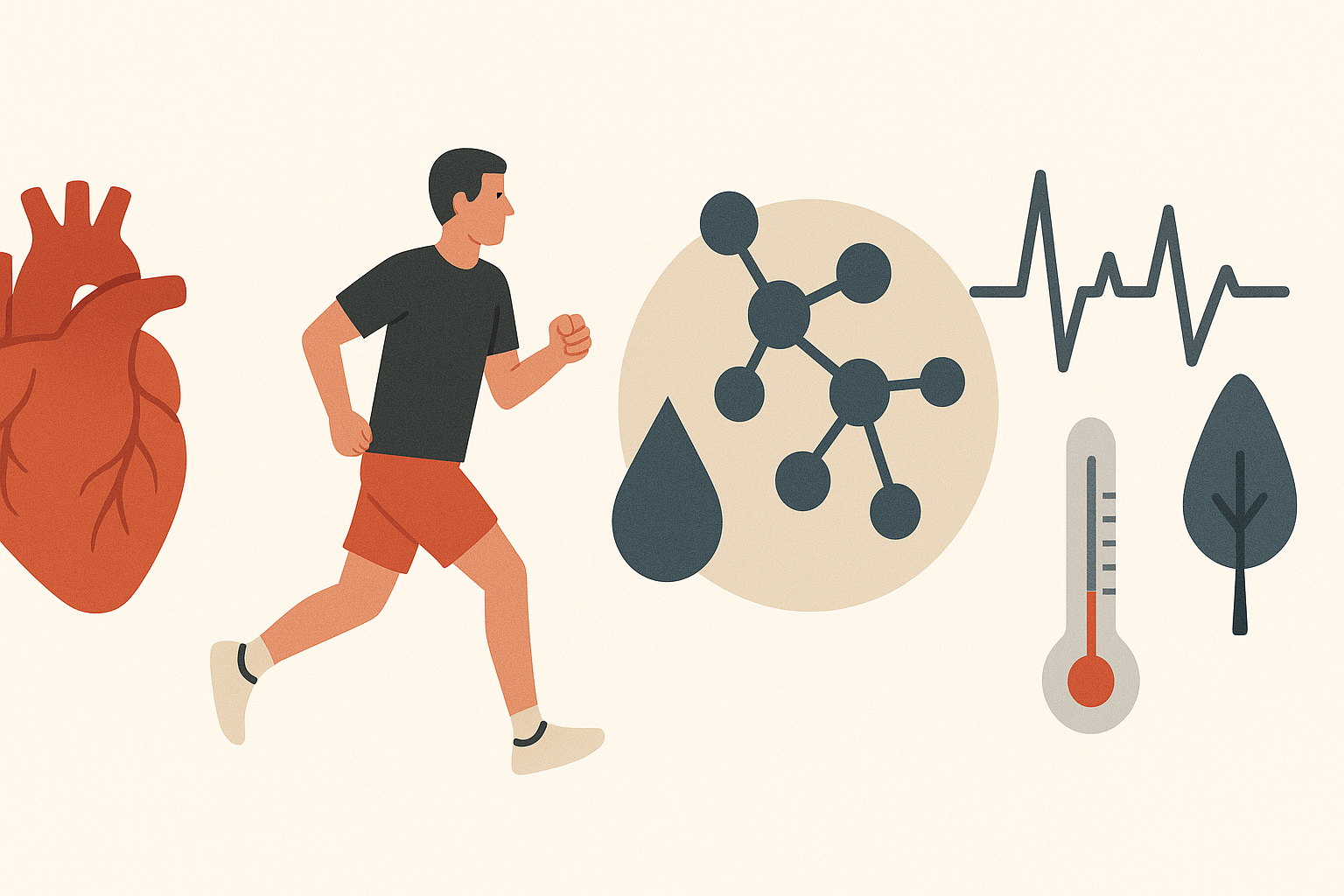
The article from the European Heart Journal discusses recent advances in treatments and biomarkers for heart failure (HF), hypertrophic cardiomyopathy (HCM), and familial hypercholesterolaemia (FH), highlighting both clinical trials and emerging research.
A key focus is on therapeutic left-to-right shunting in HF, a non-pharmacological intervention aimed at relieving elevated left atrial pressure, which is linked to pulmonary congestion and reduced quality of life in HF patients. Despite current treatments, hospitalizations and symptoms persist, prompting interest in interatrial shunt devices. While early trials are promising, questions remain regarding their efficacy across different HF phenotypes.
In HCM, a randomized trial investigated the safety and impact of high-intensity exercise in patients aged 16–60. Conducted over 12 weeks, the supervised programme led to improved cardiorespiratory fitness, lower blood pressure, and better psychological outcomes, with no increase in arrhythmias. However, benefits largely dissipated after six months, emphasizing the need for sustained lifestyle changes. Experts note the study supports the feasibility of personalized exercise in HCM but call for larger trials due to inherent limitations.
For FH, the study identified fibroblast growth factor 5 (FGF-5) as a potential biomarker capable of distinguishing genetically confirmed and clinically diagnosed FH cases from those with general hypercholesterolaemia (HC), independent of LDL cholesterol levels. This breakthrough could enhance early diagnosis and targeted intervention.
Addressing hypertriglyceridaemia (HTG), another study proposed broadening the triglyceride range in cardiovascular trials. Analysis of ~180,000 individuals revealed increasing cardiovascular risk even outside conventional HTG thresholds. Authors advocate for inclusive future trials and underscore lifestyle management as a cornerstone therapy.
The issue also explores how high temperatures impact cardiovascular disease (CVD) in Australia. Projections suggest that without mitigation, climate change will significantly increase CVD-related disability and death, particularly in vulnerable regions like the Northern Territory.
Finally, research on NAD+ supplementation in HF with preserved ejection fraction (HFpEF) revealed that its benefits may be mediated by stimulation of autophagy, offering insights into therapeutic mechanisms relevant to metabolic heart disease.
In sum, the issue showcases a range of innovative strategies to manage complex cardiovascular conditions through novel therapies, biomarkers, and preventive approaches.
Source: https://academic.oup.com/eurheartj/article/46/19/1777/8130660

